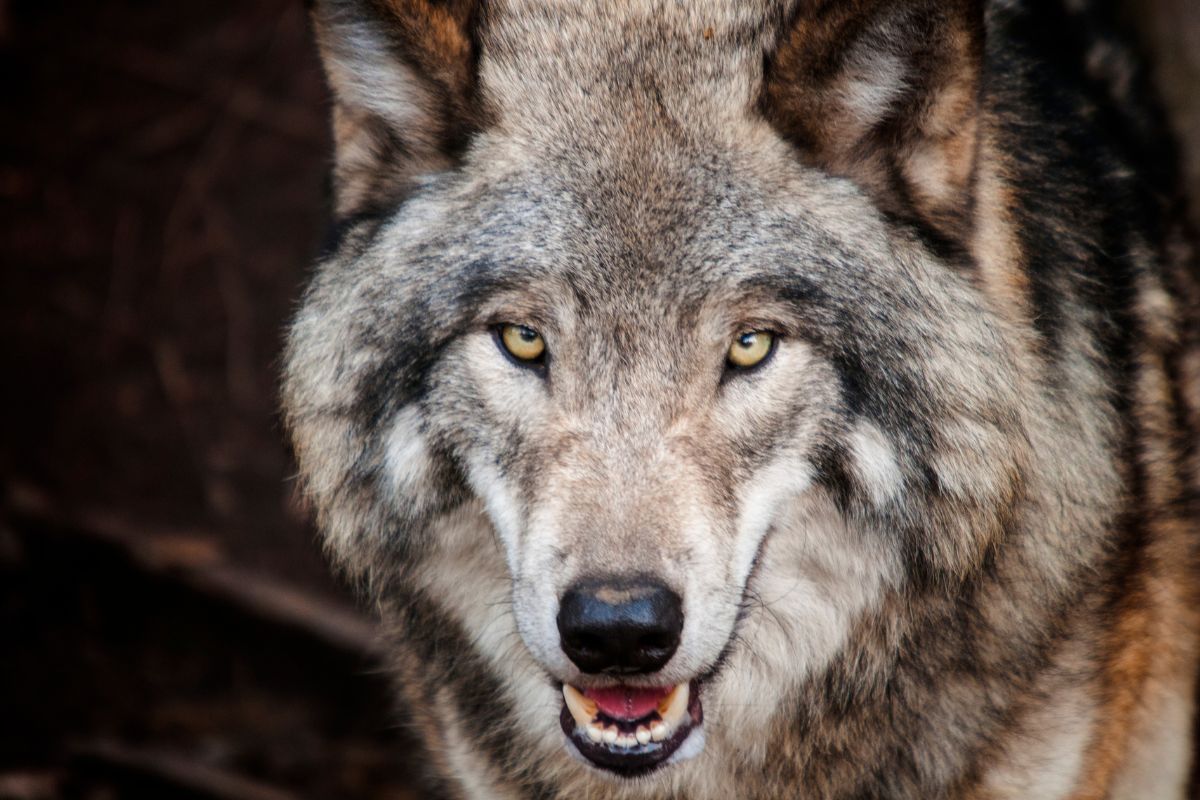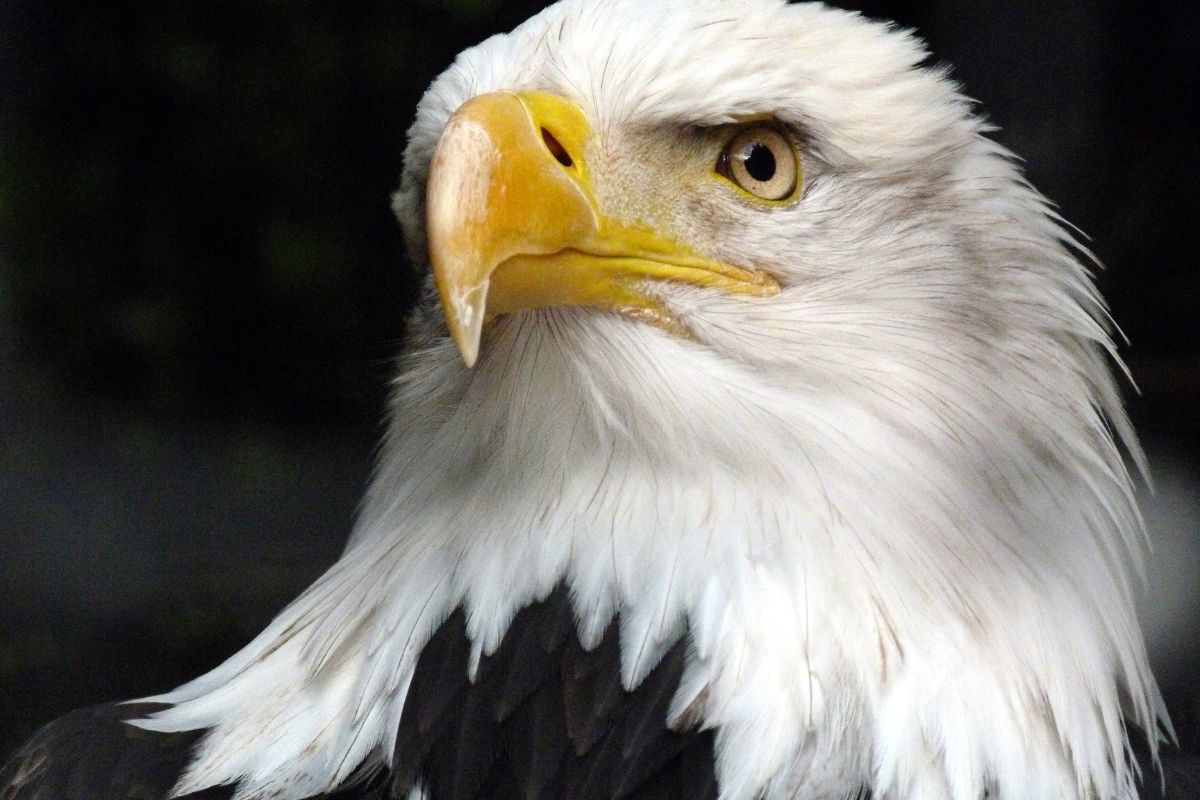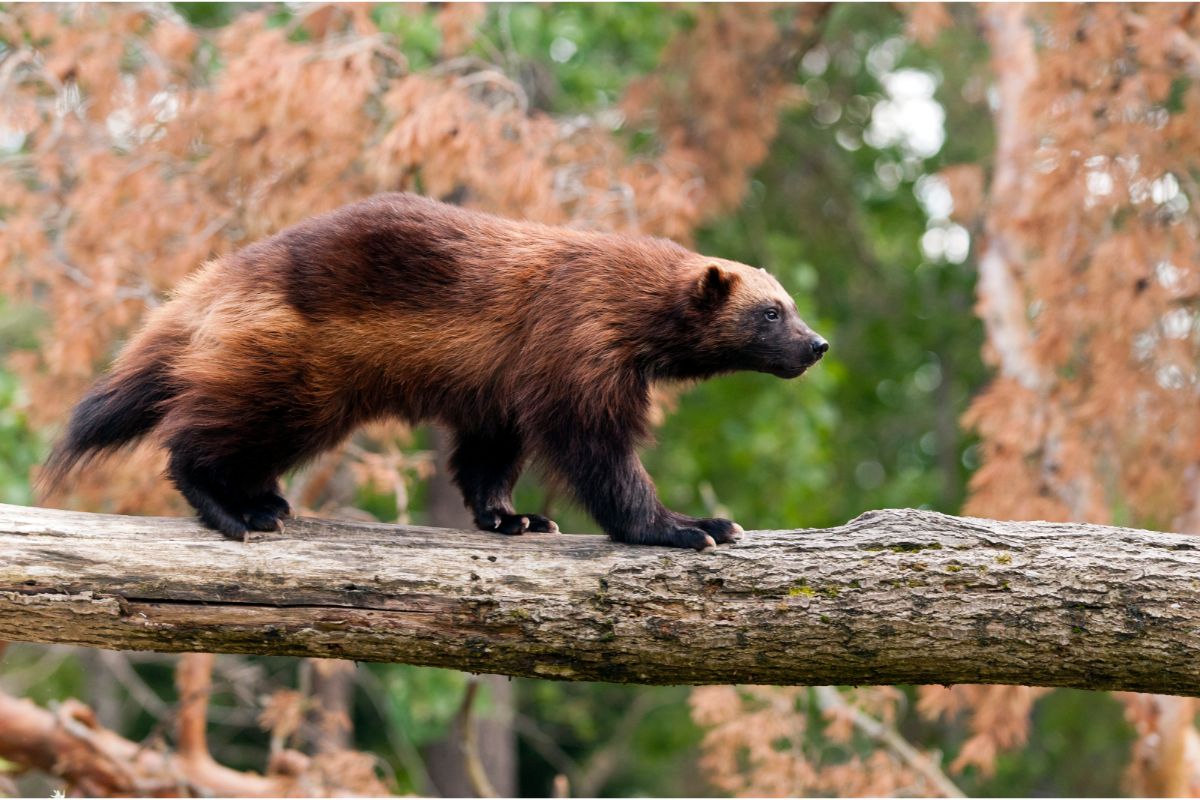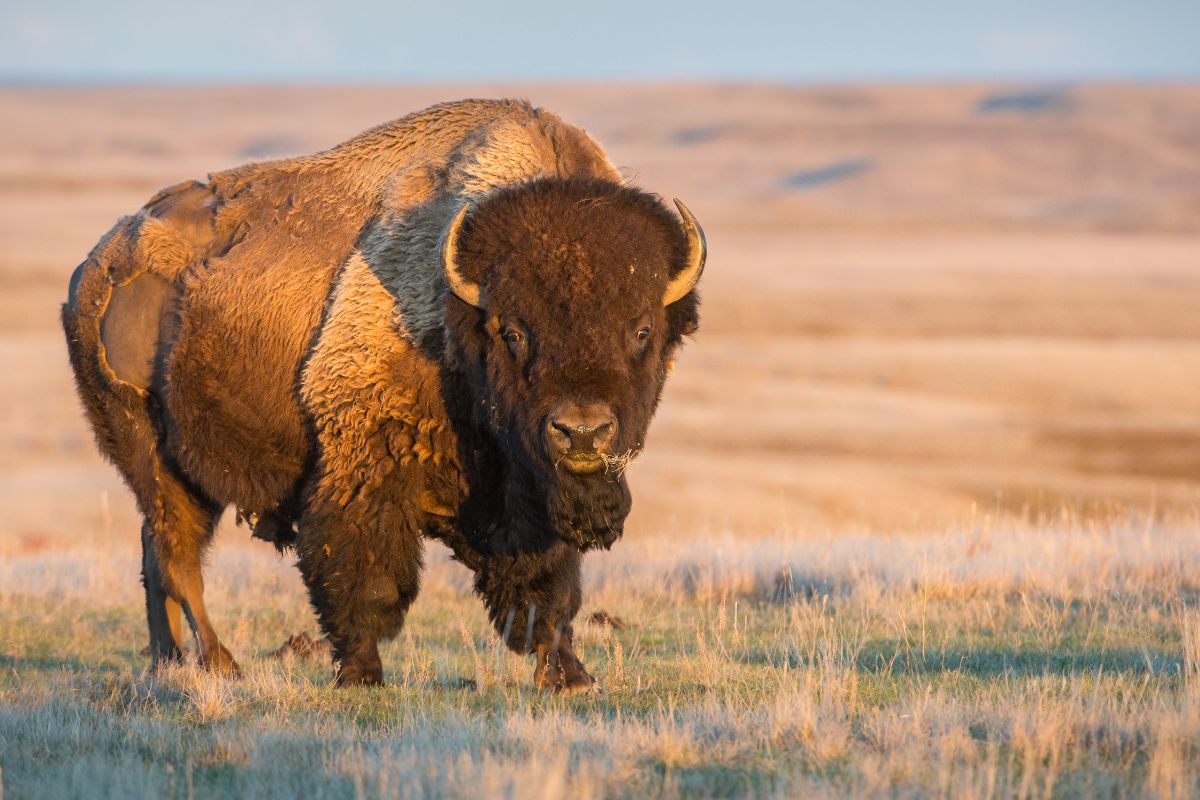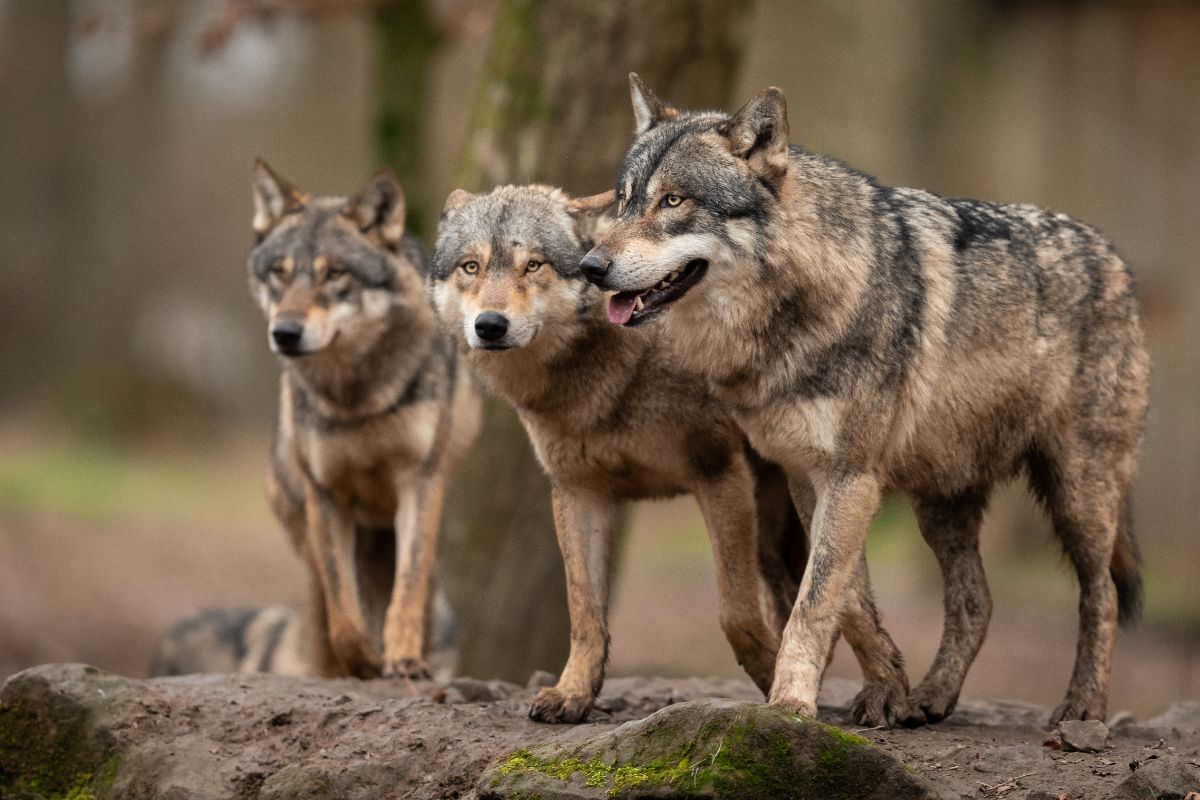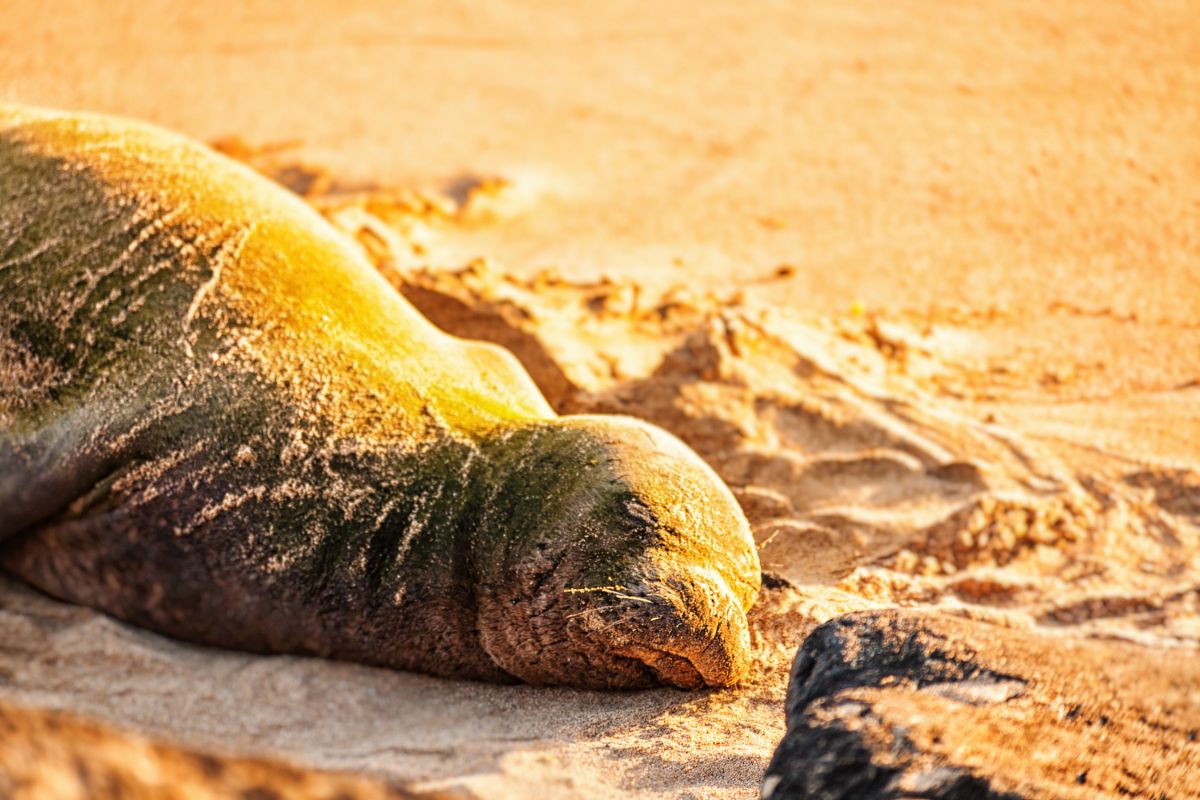It’s no secret that humans have had a massive impact on wildlife in the last few centuries more than at any other point in history.
As we become more industrially advanced as a species, other animal species have been left worse off.
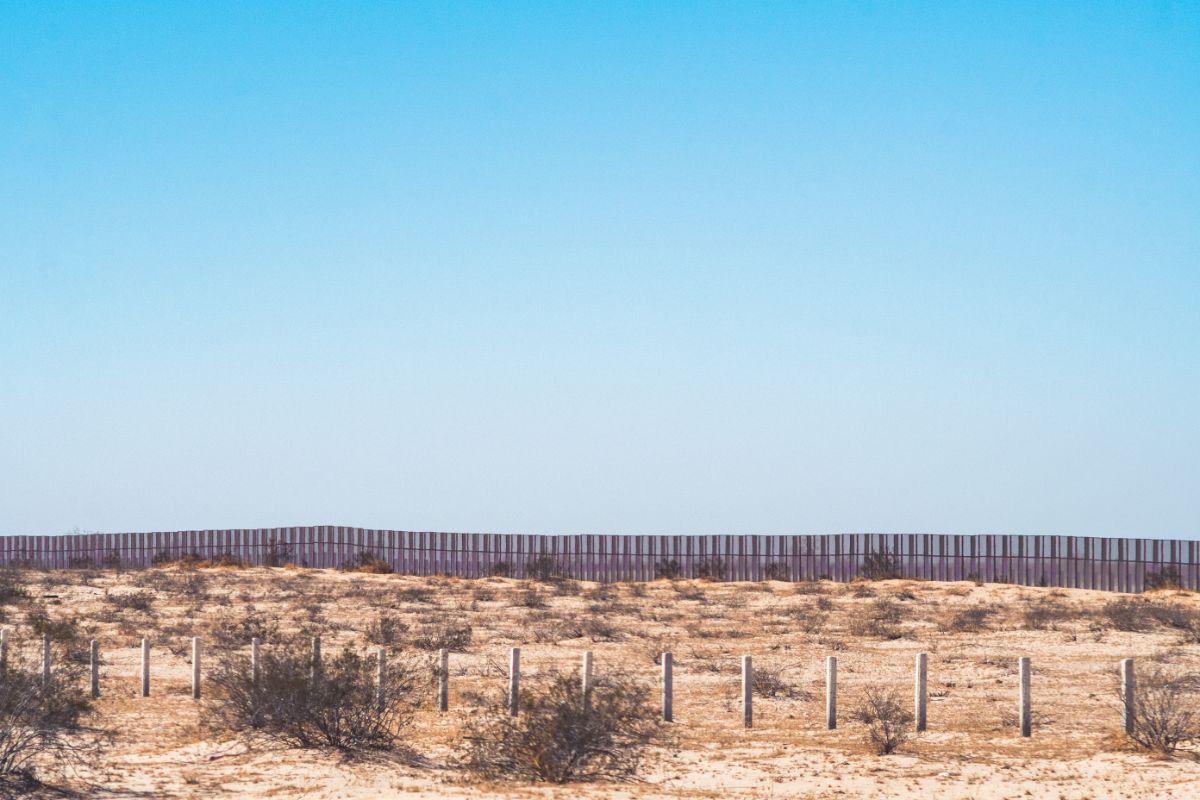
Of course, there are efforts being made all the time to allow wildlife to thrive and prosper, even in the face of human intervention.
Despite these efforts, wildlife is still under threat from human expansion and border walls between countries and regions do a lot to make the issues worse.
In this article, we’re going to take a look at some of the effects these border walls have on wildlife around the world.
Endangered Species
Believe it or not, the building and maintenance of border walls are what has led to some species becoming endangered.
The kind of man-made obstructions that are built right in the center of some creatures’ habitat certainly doesn’t help them to survive.
The issue is that while humans can easily go over border walls or through them, animals don’t have the same luxury.
Without even realizing it when they built them, many humans have cut off animal species’ water supplies by building border walls.
Imagine someone came to your town and built a huge, unscalable wall between your house and your nearest grocery store. That’s pretty much the equivalent of what’s happening in the wild.
This is the sort of thing that happens every time a new human intervention is built to disrupt wildlife. Every large mall and retail outlet was built where natural life once thrived.
Not long after they were built, this natural life was either forced to move away from that region or died out altogether.
If this effect happens across the length of an entire border wall between two countries, it would endanger the lives and habitats of millions more creatures than any mall.
Flooding
Another thing a lot of people don’t consider about border walls is the impact they will have on the natural environment surrounding animals.
Natural water drainages and dams are created over hundreds of years of erosion and they work perfectly to direct water in certain paths that help animals to survive.
Again, it’s difficult to tell when building a border wall what impact it will have on these natural water systems so they will often get inadvertently destroyed.
The result is often a lot of unnatural flooding in the areas surrounding a newly built border wall. Animals’ homes can be destroyed, as well as their access to fresh drinking water and food.
Bisecting Diverse Landscapes
What’s interesting about borders, in general, is that they are almost always completely constructed by humans, based on politics.
For example, there’s no reason for the border between the United States and Canada to be where it is other than what humans have agreed to over time.
Because there is no consideration for nature and the environment when these borders are decided, they often end up cutting right through the middle of natural landscapes.
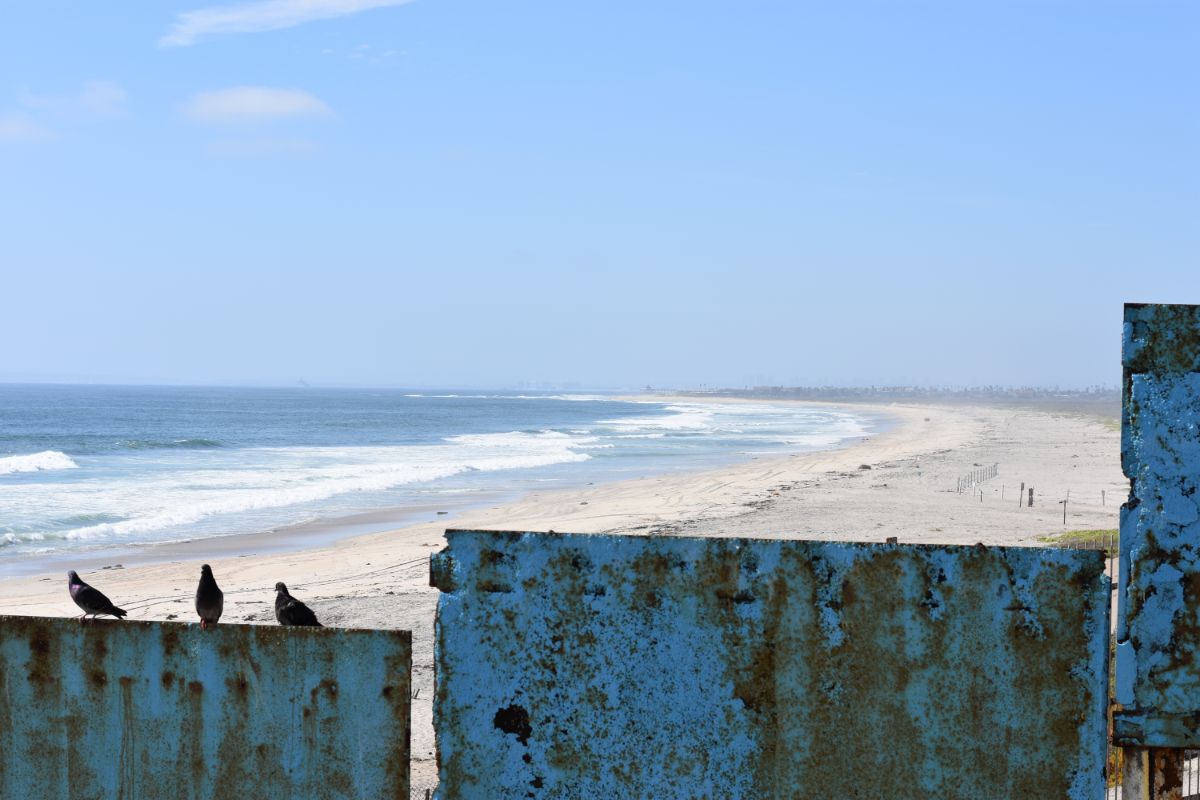
Studies have actually found that this bisection of natural habitats can put them at an incredibly high level of risk.
Not only does it increase the likelihood of flooding and divert the natural paths of the animals that live there, but it also poses a greater risk of soil erosion.
If there was some greater consideration of natural landscapes when border walls were built, these problems wouldn’t be nearly as significant as they are.
Impeding Migrations
As you might already know, a lot of animals rely on migrations from one region to another at certain points of the year.
This is often because different climates suit them better in different seasons or to find regions where food is more plentiful.
The point is that human-made border walls can very easily get in the way of the paths that these animals have taken for years to migrate.
This forces them to stay within that region or take a different route, which could ultimately lead to their extinction.
Effects On Human Life
Interestingly, not all of the detrimental effects of border walls happen to wild animals, but plenty to humans too. After all, humans are another species on earth that need to be looked after by other humans.
Border walls are often used as political weapons, used to divide certain territories for the advantage of one and the loss of another.
There aren’t many examples throughout history of a border wall being built that both sides of the wall were happy about.
The result of these forcibly built borders is that it stops people from being able to move freely from one region to another. The most important example is refugees from war-torn countries not being able to escape and find better lives.
Border walls have caused people to end up living in regions with no shelter, water, or food, simply because they don’t have access to liveable space.
Why Are Border Walls Allowed?
Based on everything we’ve learned from this article, you might be wondering why border walls are allowed to exist.
After all, they provide absolutely no help to the environment and the negative effects they can have on certain species is terminal.
Unfortunately, the politics of humans is thought to be more important by those in charge than the lives of some animals.
It is very well known and well documented that all of these negative environmental impacts exist but it is the governments of the world who have the final say on what gets built, not the scientists who discover these environmental impacts.
Final Thoughts
Despite how it may seem from this piece, the environmental world isn’t all doom and gloom when it comes to border walls.
Plenty of charitable organizations work hard to prevent walls from being built or at least to have them built in suitable conditions.
- What Do Squirrels Eat? Learn About Their Diet and Winter Survival - October 14, 2024
- What Do Raccoons Eat? Discover Their Diet and Eating Habits - October 6, 2024
- What do foxes eat? - October 5, 2024



